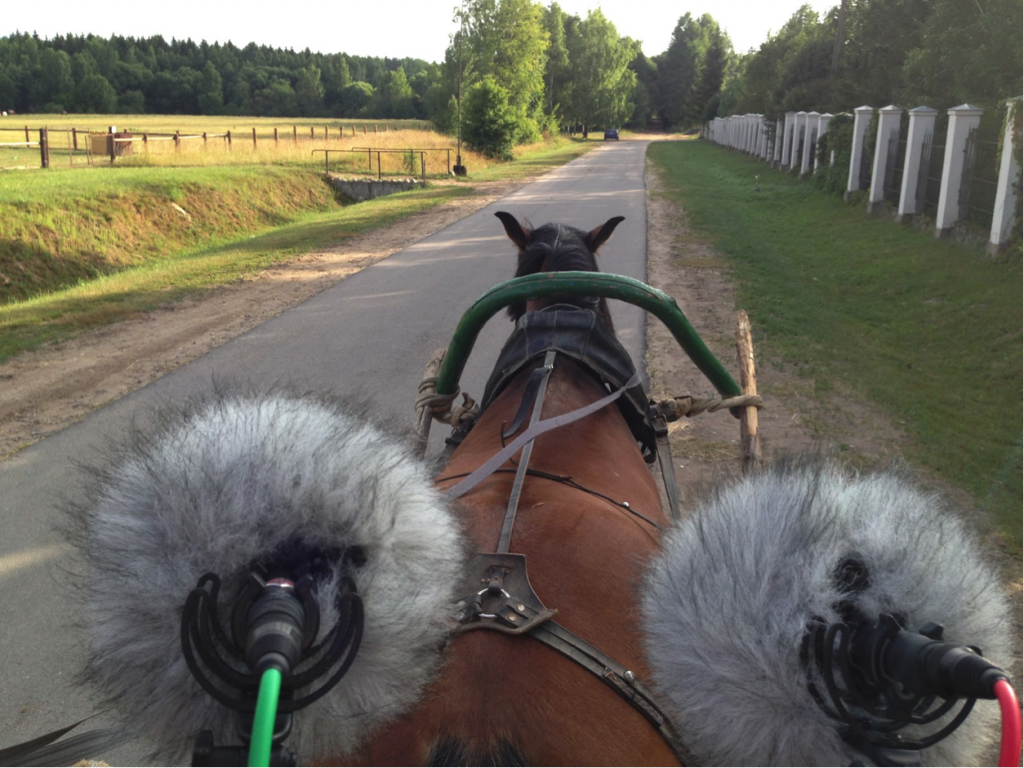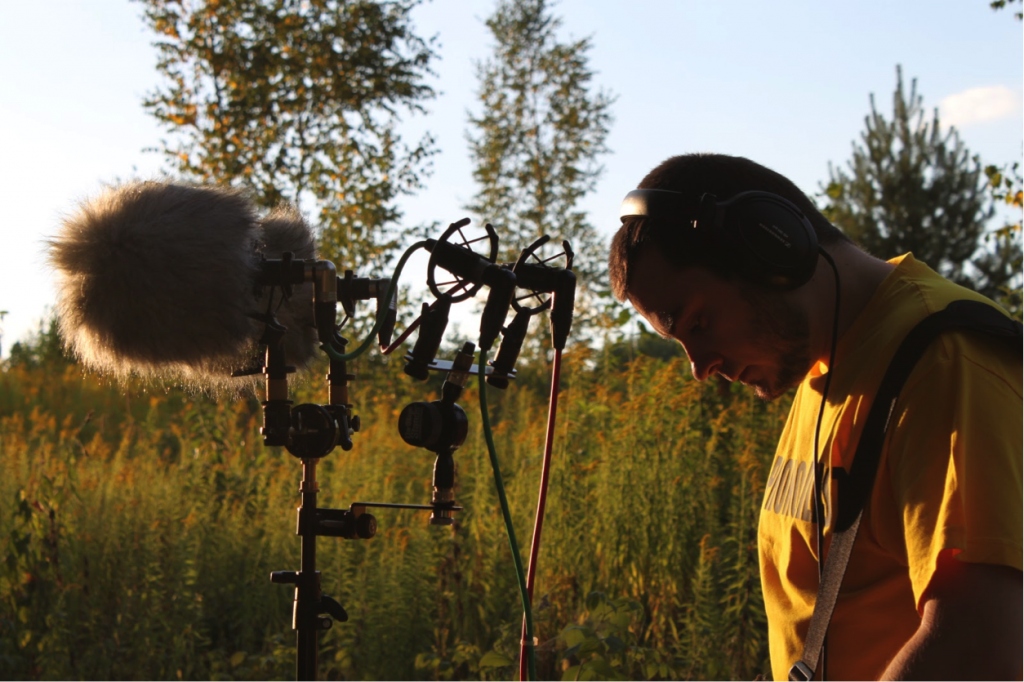
Serj Phomin is the founder of Phonophilist, an independent sound effects studio that produces dozens of libraries featuring woodworking, boats, farm animals, tools, cars, water, impulse responses and more. In this interview, Serj expanded upon the original ‘Pushing the Boundary’ questionnaire to give more details about his work philosophies and experiences. To hear about his new SFX libraries, you can follow him on Twitter at @Phonophilist or like his Facebook page.
What is your name and who are your team members/co-creators?
Hi, I’m Serj Phomin. Phonophilist.com is my little independent sound effects studio. Here I do most things for creating recordings and publishing sound libraries. From the very beginning, my friend and famous composer Michael Bross helped a lot with Phonophilist, and it couldn’t have happened without his help. He still supports me, for which I am very grateful. Talented designer Polina Chistyakova also created the logo, so you can see her work on every library’s release. Finally, I want to say thanks to my wife, Natalia, who is always with me. She doesn’t have any microphones, but she makes important contributions to our business.
Field/foley recording: When was a time you felt you pushed the boundaries to capture the perfect sound effect? Was it by developing a new recording technique, exploring a risky location, creating an extravagant setup for that perfect moment, etc.?
I understand this question is about the results of my work, about what I’ve achieved, and I will speak about that later, but first I’d like to talk about my strategy. Recipes and formulas do their job, but I think it’s more important to explain my process, because each resolution only solves a particular issue. The solution may have worked for me, but who knows what issues others may have—and how close are my resolutions to their future issues? For example, I might say: “Usually when I use filter by CompanyName, I bring 220.52 Hz down -2.738 db with a Q factor of 12, and this makes the mix sound amazing.” Here we have a solution for an issue. But what was the issue? It sounds like the mix wasn’t amazing. OK, so what do we have? It’s information about the filter settings, and after applying them I thought the mix came out amazing. Will this information be helpful in the future? Hmm…probably as well as a random settings generator. Accidentally or not, it may work for you if you have a similar issue, but it all depends on how close my issue is to yours. Will you be better at pushing the boundaries with knowledge about how I pushed my own boundaries? If it’s just information about filter settings, I doubt it. That’s why I think it’s more important and useful to know why I make the choices I do by asking: “What was the reason, and what issue was I trying to solve?”
So, this is how I look at it: Every step is a small victory. I try to make every recording session better than the previous one. Even if the changes are small, it doesn’t matter. Measuring your victories will lead to disappointment, but if you can be happy with the small victories you will have a better chance of doing something great, because you will have the motivation to do the next step. Sometimes just a little additional step can open great opportunities for a jump, and a step in another direction can open a new road. Of course, you should have some restrictions on your directions and sometimes you should violate these restrictions, but concentrate on creating conditions to move on, conditions that make you push the boundaries. Which conditions am I talking about? New hardware? Yes, new hardware can be very important for results, but that’s not the main focus.
The main conditions for me are:
- Knowledge
- Experience (Practice)
- Motivation
It means I need more learning, more practice, and your kind words about my work to push the boundaries, and understanding this gives me more than just formulas. Each of us is unique in our compilation of experiences and we grow and progress in our own ways. Just as evolution is the mix of genes—half from each parent and some acquired by the environment—this mix makes us unique and we evolve when we experiment and try new things. So, give your inner inventor the conditions for small revolutions instead of patterns.
As a result, I can see an Emmy and Golden Reel Awards winner just purchased ‘PH – 0027 – IR, Forest reverb‘ today. And in such moments, I am very proud because I had the knowledge, experience, and motivation to create a library that is in demand by such professionals. Though I’ve worked in game development as a Sound Designer and Audio Director for more than 10 years, I still design sounds as an outsourcer. There is a difference between developing sounds for video games and selling sounds to professional audio people. I searched for years to create a forest reverb that would sound right, and I finally did it and am happy with it. But the main point of the story is my little victory—and to me, it’s the best forest IR library on the market (of course).

Back to the questions:
When was a time you felt you pushed the boundaries to capture the perfect sound effect? Was it by creating an extravagant setup for that perfect moment?
In a technical and creative way, I’ve pushed the boundaries by inventing a cable suspension system. It works great when heavy wind hits the cables and it has saved me a lot of recordings. It also suppresses vibrations from the main cables to the microphones. Sometimes I use gaffer tape, but this solution is more flexible when you have to change the distance and angle between the mics or change the angle between the mics and the ground.
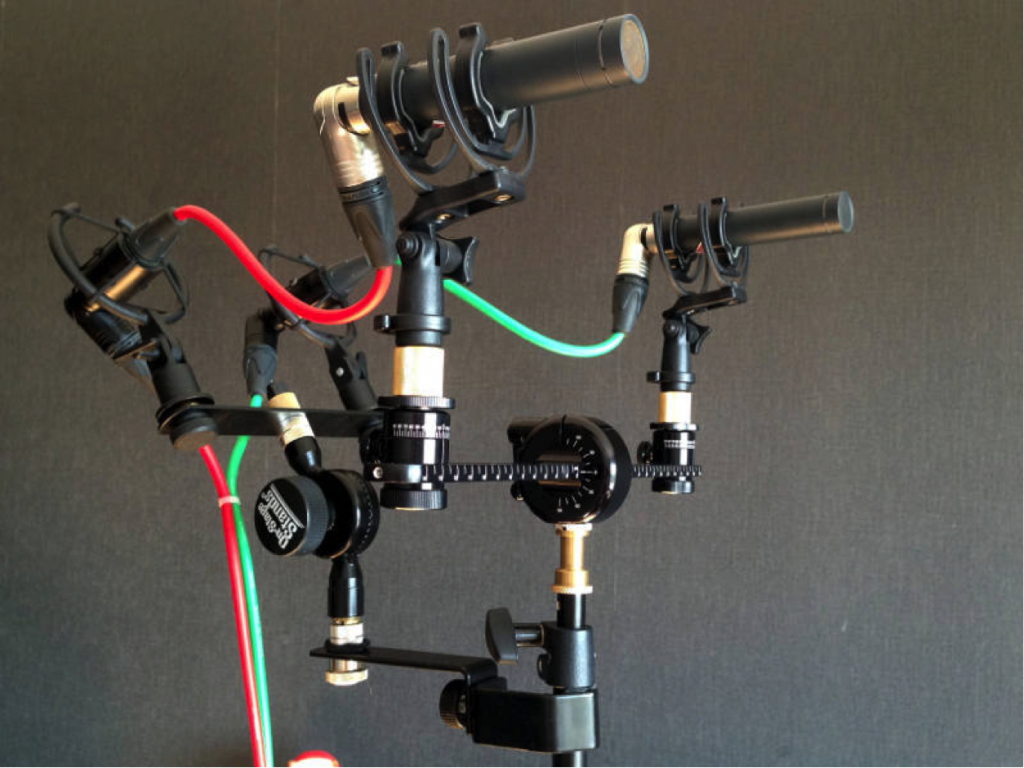
Morally, it was when I recorded pigs at the slaughter for ‘PH – 0017 – ANIMALS, Farm‘. After recording cows, birds, sheep, and other farm animals, one of the farm’s owners phoned me:
“Serj, you told me how it’s great to have pig screams as material for creating monsters. Do you want to record it? Tomorrow we are going to kill one, so you can grab your stuff and come here.”
Remember what I said about steps and new roads—opportunities? Here is it. For me as an urban citizen it was not the same as a farmer who does it time after time. And I recorded it, without any pride in it. It was terrible to be involved in such a process even as a sound recordist. On one hand, I was doing nothing and farm life was going on as usual. But it’s still hard to listen to it again. Sound designers say it’s a great recording from the pig’s first scream to his last exhale, but it was a real push to my moral boundaries.
This experience is the reverse situation of how pushing limits can make you happier. Pushing the boundaries is not always a nice thing; not every new experience is a pleasure. Sometimes you’re just not ready to leave your comfort zone. But on the other side, if you stay in the same place it’s not good for progress. You always have a choice. Do or do not.
Was it by developing a new recording technique?
Every time, yes (not really). I answered this question after I read books by Michael Williams. He is great. After learning about the basic fundamentals, now I understand what AB, XY, ORTF, DIN and NOS are: just nice choices for two cardioids. But while popular patterns and common practices are good, it’s always good to experience something new, too. I have my favorite positions, but most of the time I try to start with a blank sheet—playing with phase, levels, and delays between microphones. It depends on the object’s size, loudness, whether it is moving it or not, the environment, and many other factors along with my idea of how to place the microphones to get the results I want. These give me great results, but you should find your own placement in the air before you put the mic on the bar or stand. Also, it’s nice to listen to the results in headphones when you are playing with mics :)
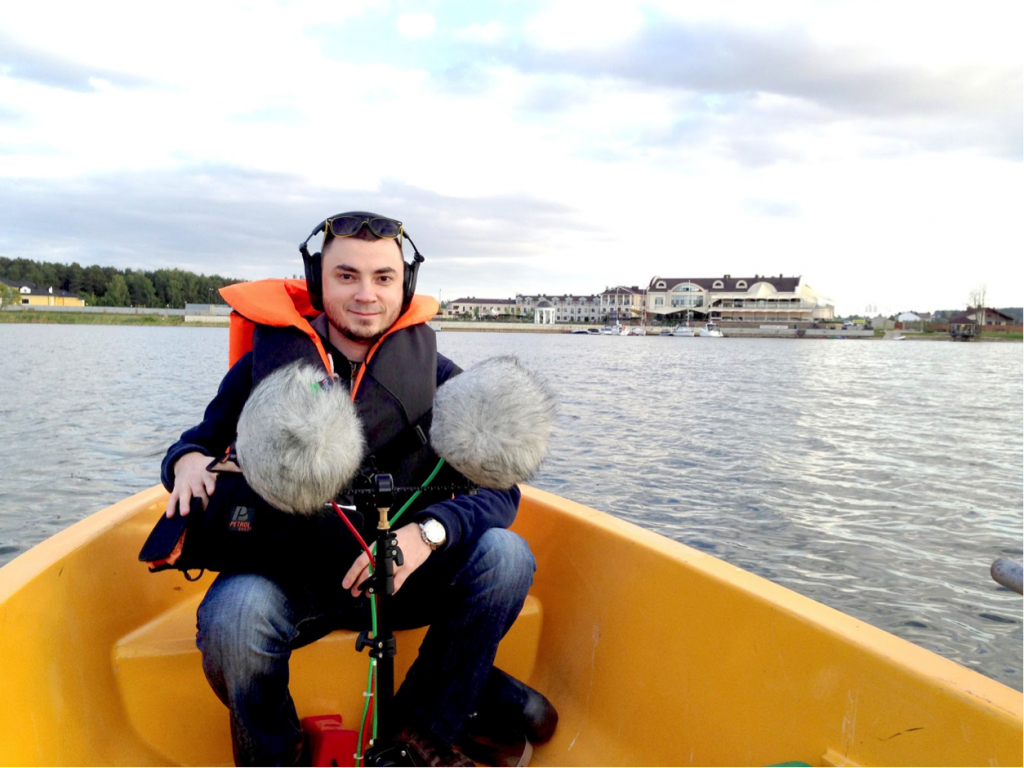
Was it by exploring a risky location?
For forest ambience and foliage libraries I did a lot of recordings in a wild forest. And while I was playing with the foliage, I could hear my movements were not in sync with a certain sound. The sounds of shaking foliage were a little further…and in that moment I heard quiet growling from the bushes. I held my breath and thought: “Will I have enough time to remove the mics from my mics stand?” My plan was to fight for my life with a mic stand, but not when such expensive mics were on it! I didn’t know what kind of beast it was—it sounded huge, I swear—but after some time (an eternity) it went away.
So, sometimes the boundaries push you and all you can do is react. Action is reaction, huh. But remember to create conditions for good reactions in the next steps in your life, and I’m talking about with knowledge, experience and motivation—not about bringing a machine gun to the field recording session.
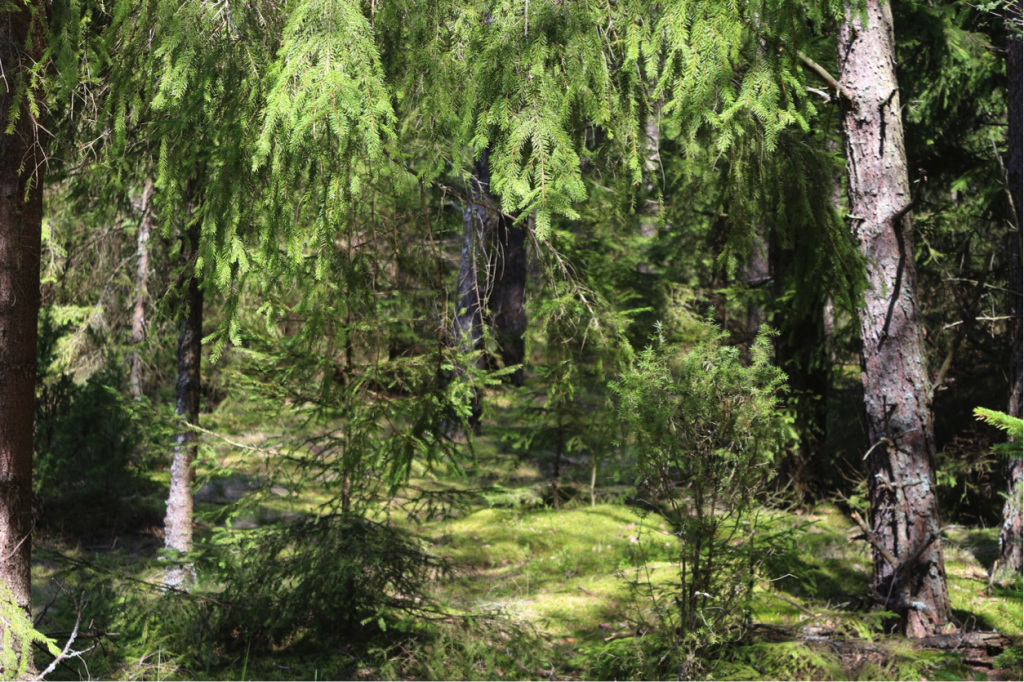
Sound manipulation/foley design/synthesizer creation: When was a time you felt you pushed the boundaries to design a new sound effect? Was it by stretching a sound past its limit with meticulous layering and tweaking, changing your way of thinking to design a new synth technique or complex patch, combining multiple disciplines for a new approach, etc.?
‘PH – 0020 – INDUSTRY, Electrical Hum‘ library contains recordings of hums from a big electric station, the small buzz of an electrical substation’s transformer, and synthesized sounds. All synthesized sounds were re-recorded with the “worldizing” technique initially conceived by legendary sound designer Walter Murch. It was a nice experience doing it, and generator sounds (surprise!) were generated. In other words, they weren’t recorded in the field or foley room. They sounded clean without any acoustic reflections, but then I added the real physics of our world to the sounds. The results were generated and worldized electric station recordings, and one of my bestsellers of all time.
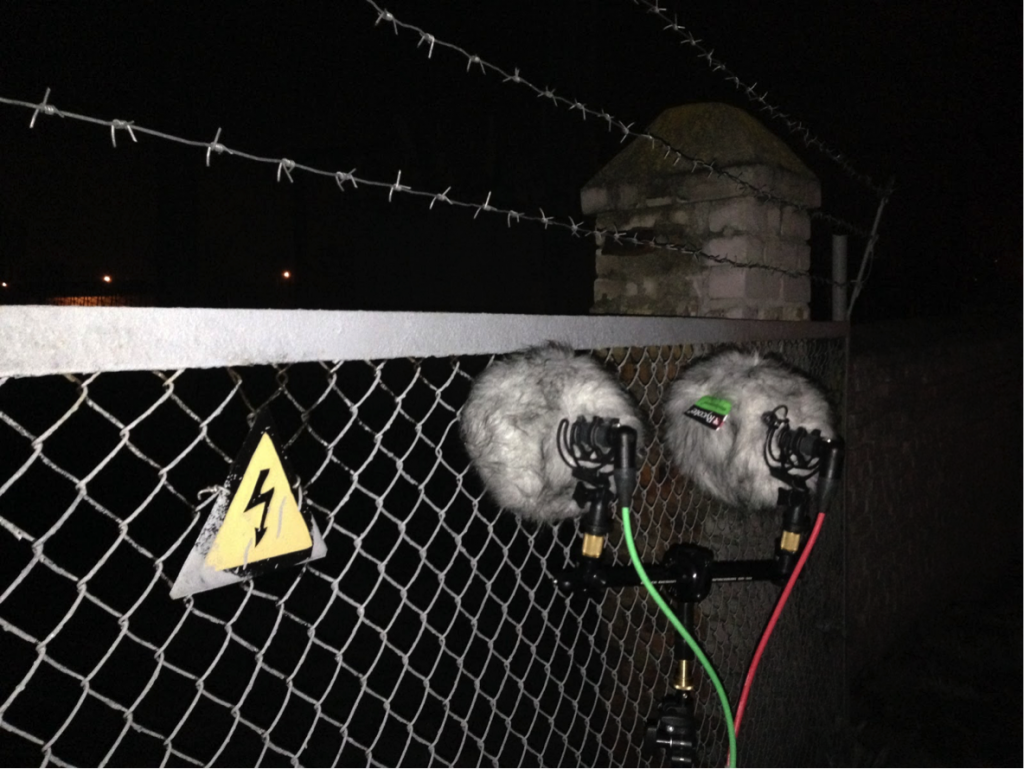
For an example of layering and pitching, you can also see my free small library ‘PH – 0021 – INSTRUMENT, Battle Horns‘. It has step-by-step instructions for educational purposes on how to make battle horns from a common party horn. You can listen to every step and try to make a better mix yourself. It’s not a big secret or top-notch technology, just a simple pattern and example of pitching and layering sounds.
SFX sales: When have you pushed the boundaries in selling sound effects? Did you have to change the cultural perception of boutique libraries, discover a completely new market, etc.?
As a sound designer and developer first, I try to create small libraries with high-quality sounds. I record with the highest sample rate to allow nice pitch-shifting in the production stage of sound design. Most of Phonophilist’s libraries are 192Hz/24bit.
Small libraries are easy to release if you don’t want to wait years for a big collection of recordings, so it’s good for development. As a buyer I always wanted small libraries for a small price. Most of the sounds I’ve bought from big libraries for hundreds of dollars I’ve never used. For this reason I’m happy to pay less but get a focused, high-quality library. On the other side, for me as for a publisher, it is easier to do large libraries for high prices for promotional and selling reasons. So, I try to do them both and see what happens on the market. I can’t say what I’ve done is revolutionary—Phonophilist is just one small independent library who stands with the others—but as you can see, big publishers are now trying to do small libraries, too, as “micro” or “mini”.
Phonophilist libraries are by sound designers and for sound designers (or editors). I like libraries without any or too much noise reduction, EQ, compression or other effects editing, and in my work I spend a lot of time searching for places with ideal conditions. They must be the ideal sources to work with, because I’d rather create suitable settings for the dynamics and frequencies later in the production stage myself. I know how hard it is to try to get nice results from over-compressed sounds with artifacts from noise reduction and deformation by a chain of effects. So, for the final result, they should have not too much at all. But that’s my opinion of how things should be, and I’m happy to do my part as a sound recordist and sound libraries publisher to create libraries that I would like as a sound designer.

What is your advice for sounds designers who want to create and sell their own SFX libraries and synthesizers?
Remember: Knowledge, Experience, Motivation.
If in near future you see your libraries as a business where you can make money, I recommend to have patience. It can take years before you can sell your stuff and earn a good income. The better way is to create a store for libraries as a business model. Creating and selling libraries as a hobby takes a lot of time to learn things like web design, statistic services, payment systems, taking photos for creating covers, and so on. So from the very beginning it is easier to sell your stuff to publishers or place them in re-sellers without creating your own website. It’s better to focus on foley or field recordings to get more experience in those, too. Now I feel like a locomotive without brakes with a long way far ahead, but if I had the chance to come back to the beginning… I don’t know how I would invest my time. And you know, “А journey of a thousand miles begins with a single step”. So, keep your motivation all the way and you will reach the result for sure.
And is it important when you will reach the result? Maybe. We live in the world where all change is fast. This doesn’t sound good for motivation, but it is the truth. There are a lot of newcomers, but take a look at libraries with 2-5 releases in the past without any new releases. They are gone. Yes, it’s better than nothing at all for us. Their contribution made our lives better, but why haven’t they continued to create libraries? Because of money, I guess. Life is not an illusion where all boys and girls are happy and rich. It is another illusion—people need something to eat and to buy new things, and I’m not talking about five cars with a big house. It is hard to say “Keep the passion in your heart. Everything will be good“ if your child has nothing to eat. So, you should understand it is a marathon, not a sprint, and be ready to travel this difficult path till the end.
I wish you to be strong and for everything to be great!
